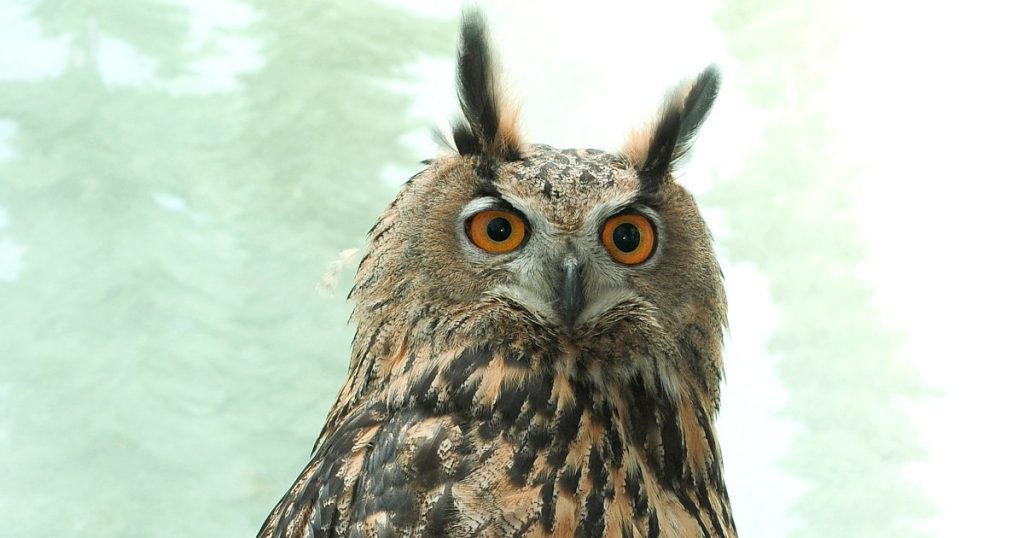Flaco, the beloved owl who captured the hearts of New Yorkers with his sightings around Manhattan, passed away last month. The Central Park Zoo, Flaco’s former home, revealed that the owl, roughly 13 years old, had underlying conditions consistent with urban wildlife when he died. While a necropsy determined that he died from acute traumatic injury after witnesses saw him strike a building, postmortem testing also found severe pigeon herpesvirus and evidence of four anticoagulant rodenticides in his system, both of which could have been debilitating and ultimately fatal for Flaco.
The severe pigeon herpesvirus found in Flaco was likely contracted from eating feral pigeons in the city. Additionally, the presence of anticoagulant rodenticides, commonly used for rat control in urban areas, further contributed to his underlying conditions. These factors may have predisposed him to his fatal encounter with the building. Herpesvirus can be fatal in birds of prey like Flaco, causing tissue damage and organ inflammation. Despite adapting his diet and habits to the concrete jungle, the stresses of city life may have impacted his longevity.
Flaco’s journey took him from his enclosure in the zoo, which was breached by a vandal, to flying over Central Park and surrounding neighborhoods for over a year. The investigation into the circumstances surrounding his escape and subsequent death is ongoing, with no suspects yet identified or arrested. Flaco’s ability to thrive in the wilds of New York, despite the challenging environment, endeared him to many city dwellers who marveled at the sight of this majestic owl. His resilience and ability to adapt to city life added to his allure.
While some may have doubted the ability of a wild bird like Flaco to survive in a city like New York, his ability to navigate the urban landscape and find food sources show his remarkable adaptability. However, the underlying conditions he had, aggravated by his urban lifestyle, likely contributed to his premature death. Flaco’s story highlights the challenges faced by wildlife in urban environments and serves as a reminder of the impact of human activities, such as the use of rodenticides, on local wildlife populations.
The loss of Flaco has left many New Yorkers saddened, as the owl had become a symbol of nature’s resilience and beauty in the heart of the city. Despite his untimely death, Flaco’s legacy lives on through the memories of those who were fortunate enough to witness his flights over Central Park and the surrounding neighborhoods. The Central Park Zoo’s efforts to investigate the circumstances of his death and raise awareness about the threats faced by urban wildlife serve as a tribute to Flaco’s life and the importance of coexisting with nature in urban environments.
In conclusion, Flaco’s tragic death highlights the complex challenges faced by wildlife in urban environments and the need for greater awareness and conservation efforts to protect local species. Despite the underlying conditions that ultimately led to his demise, Flaco’s ability to adapt and thrive in the city brought joy to many who were lucky enough to catch a glimpse of him flying overhead. His legacy serves as a reminder of the impact of human activities on wildlife and the importance of preserving natural habitats for future generations to enjoy.















